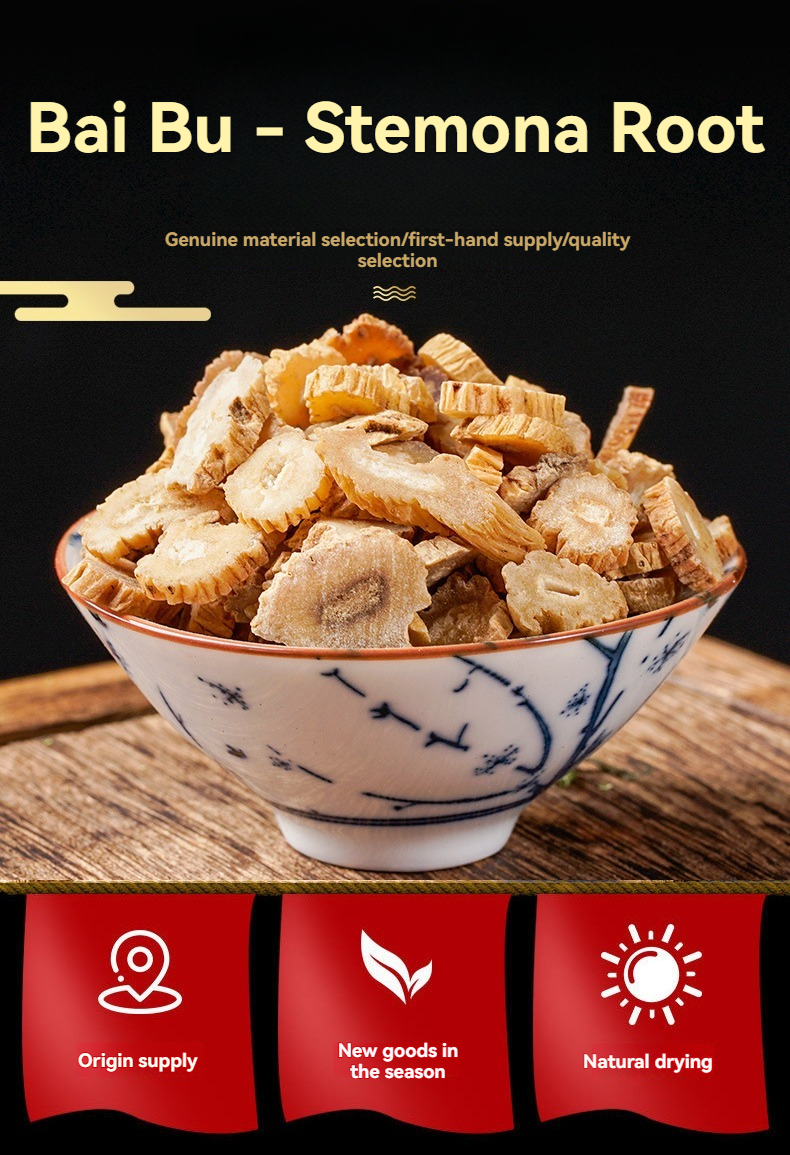
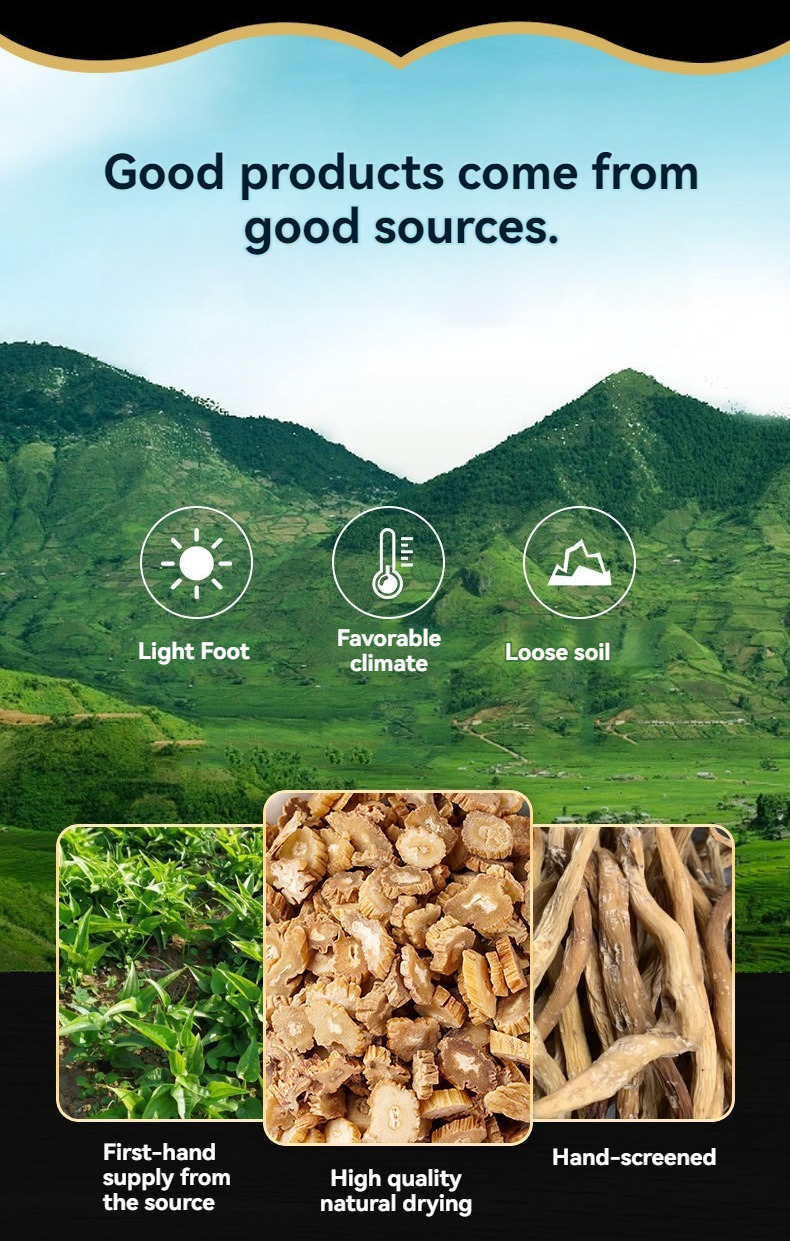
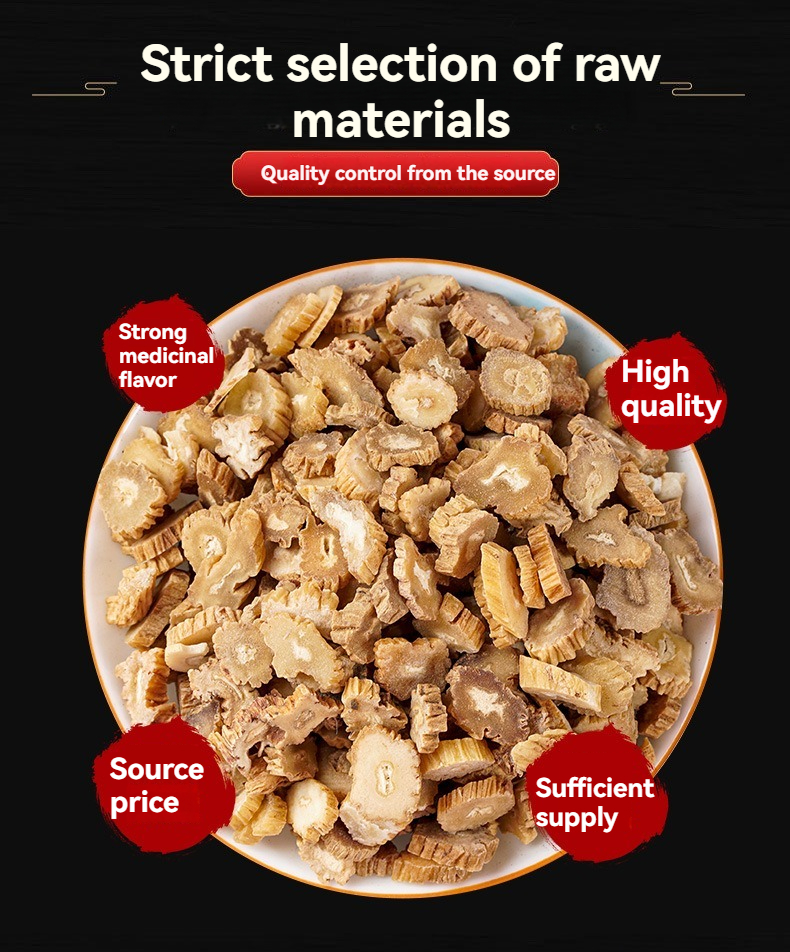
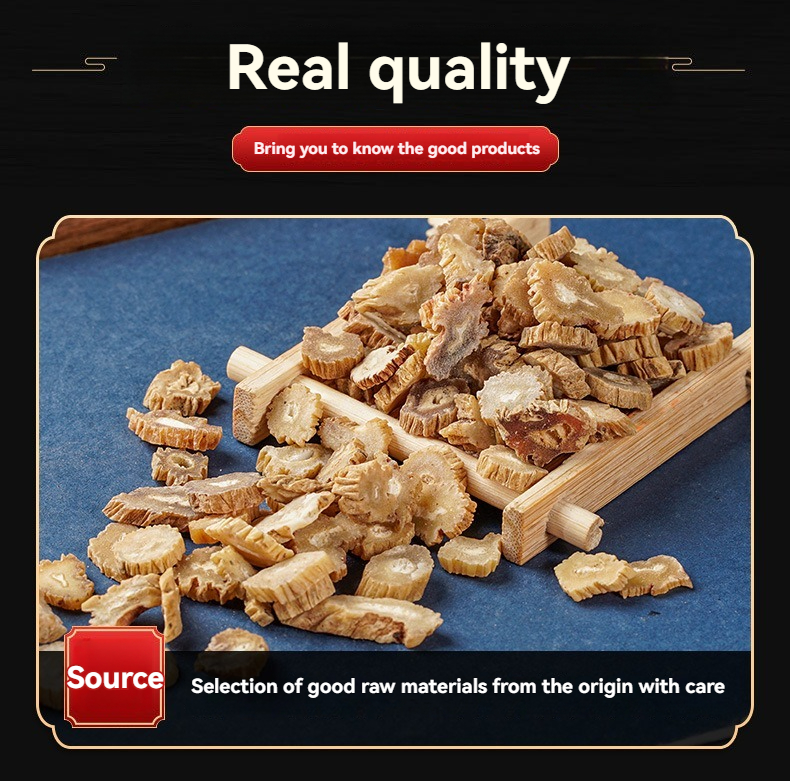
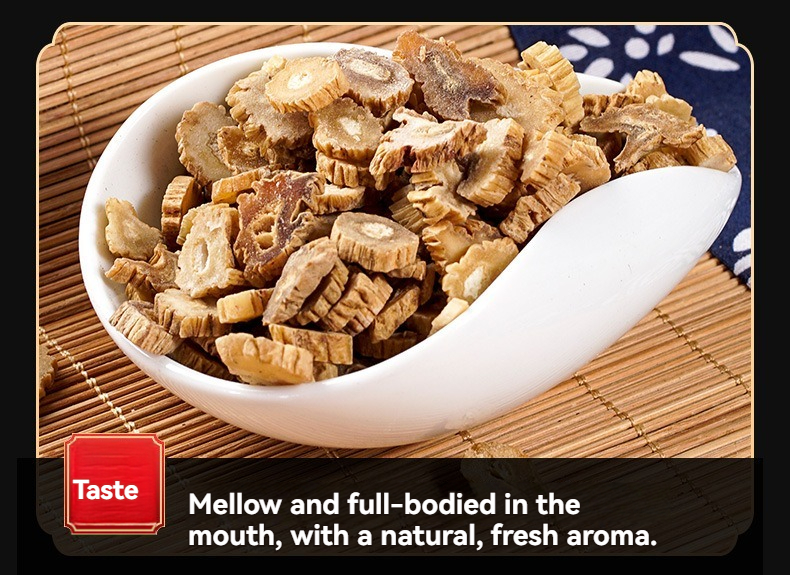
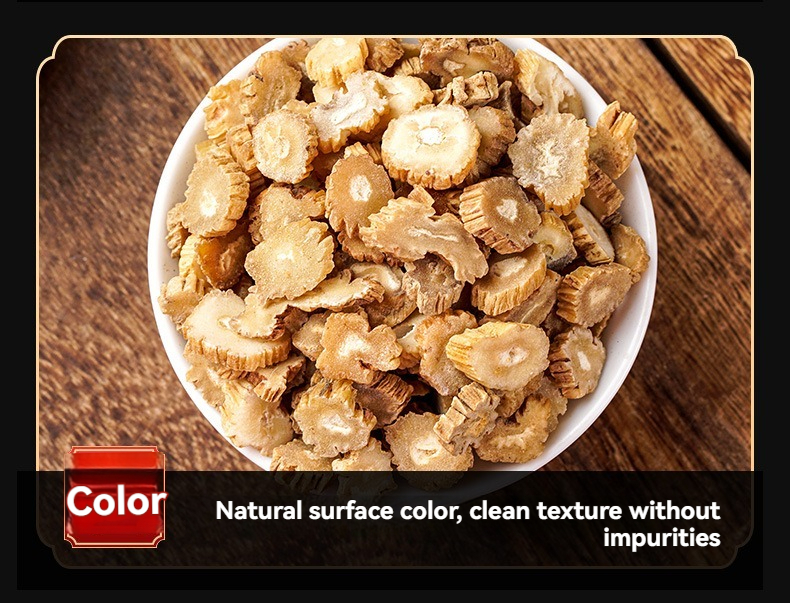
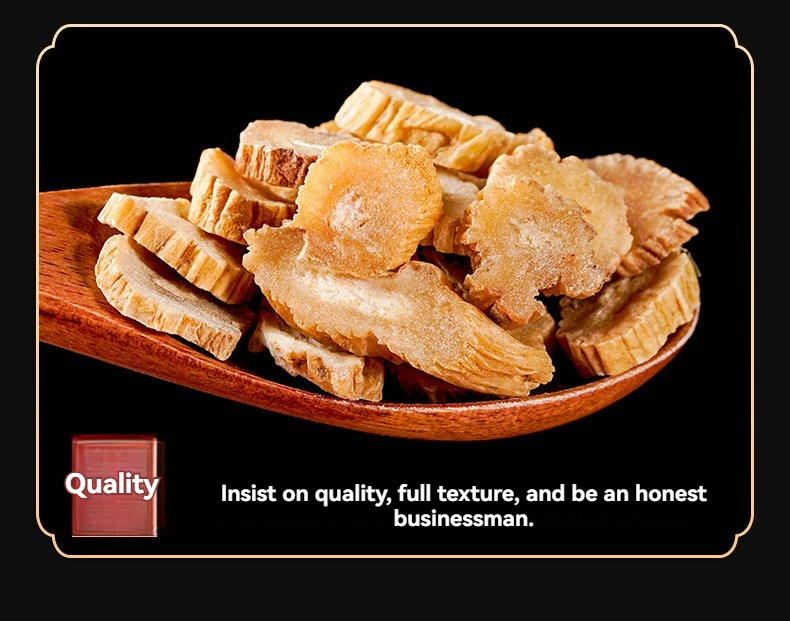
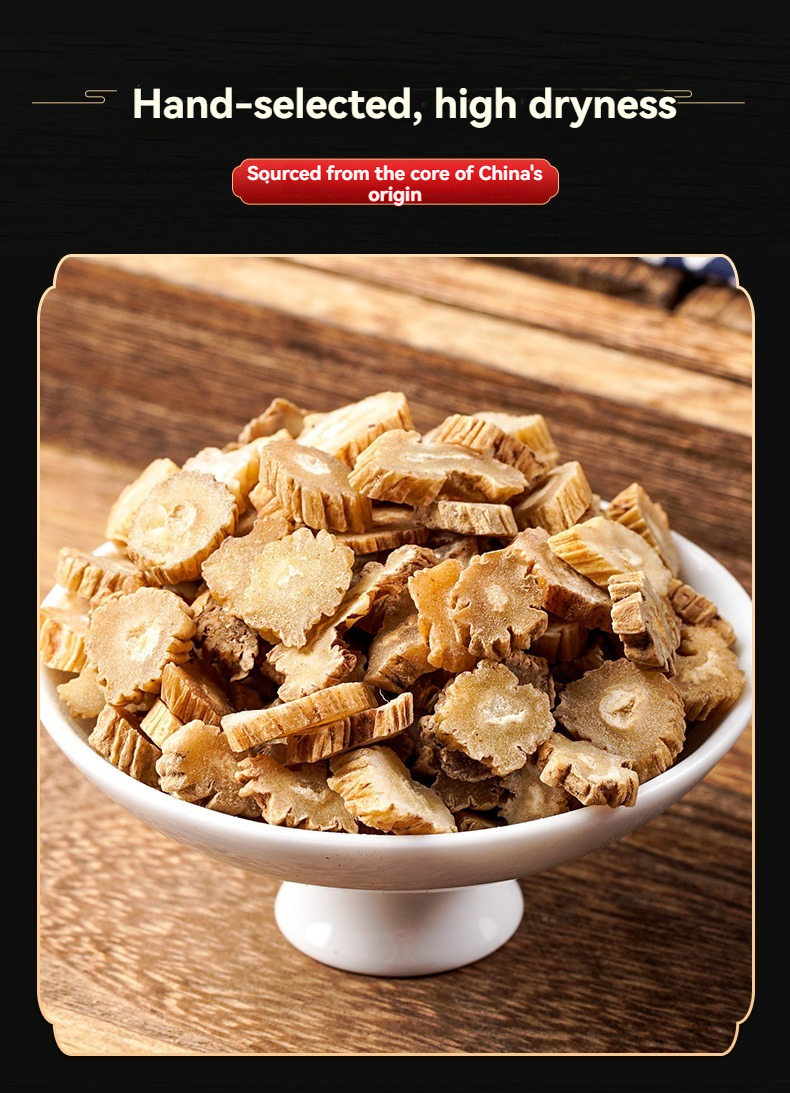








Stemona root (Bai Bu), slightly sweet and bitter in taste, warm in nature, and mildly toxic, enters the Lung Meridian . Its therapeutic actions include moistening the lungs to arrest cough, killing parasites to relieve itching, dispersing heat and releasing the exterior, nourishing skin, and promoting wound healing.
Core Functions and Mechanisms
1. Moistens Lungs and Arrests Cough
- Applications: Treats dry cough with scant phlegm due to lung yin deficiency or lung fluid impairment .
- Pharmacology: Alkaloids (e.g., stemonine) reduce histamine-induced bronchospasm, suppress cough reflex, and decrease respiratory center excitability.
- Clinical Use: Effective for cough, pertussis, and asthma.
2. Kills Parasites and Relieves Itching
- Topical Use: Decoctions applied via soaked gauze treat parasitic skin infections (e.g., scabies).
- Broad-Spectrum Action: Water/alcohol extracts kill lice (head/body lice), mosquito larvae, and intestinal parasites (e.g., roundworms, pinworms).
3. Disperses Heat and Releases Exterior
- Mechanism: Moistens without drying; clears lung heat while dispersing pathogens.
- Indications: Eczema, psoriasis, generalized edema with yellowing skin.
4. Nourishes Skin and Improves Complexion
- Active Compounds: Antioxidants enhance skin texture and elasticity.
5. Accelerates Wound Healing
- Traditional Use: Topical applications for trauma and chronic skin ulcers.
Critical Safety Notes
- Mild Toxicity: Overdose may cause nausea or dizziness.
- Contraindications:
- Pregnancy (due to alkaloid content).
- Lung/spleen deficiency with cold.
- Professional Guidance Required:
Never self-prescribe—consult a TCM practitioner for dosage and formulation.
Clinical Wisdom
While Stemona root demonstrates potent antitussive and antiparasitic properties, its mild toxicity necessitates cautious application. Pair with licorice to mitigate side effects in decoctions.